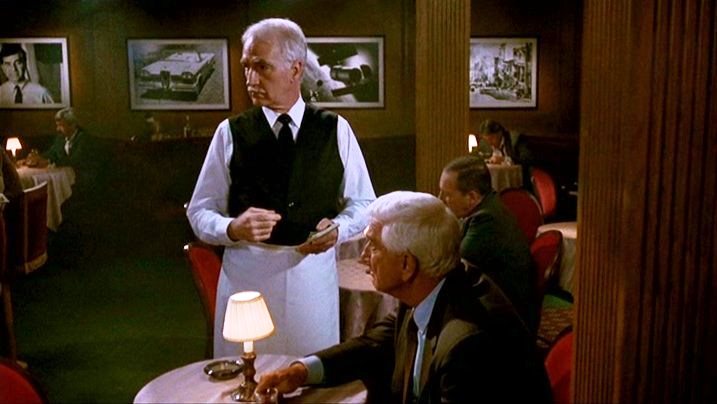The Atlantis Variation: Difference between revisions
Amwelladmin (talk | contribs) No edit summary |
Amwelladmin (talk | contribs) No edit summary |
||
| Line 24: | Line 24: | ||
{{sa}} | {{sa}} | ||
*[[ | *[[2011 ISDA Equity Derivatives Definitions]] | ||
{{ref}} | {{ref}} | ||
{{egg}} | {{egg}} | ||
Revision as of 15:48, 18 December 2020
|
The 2008 ISDA Master Agreement, also known as the “Atlantis agreement”, is an apocryphal edition of the ISDA Master Agreement, almost completed in September 2008. It never saw the light of day, instead collapsing into a form of dark energy that powers the universe.
It was to be short, plainly worded, preternaturally future-proofed, agile agreement allowing counterparties to agree trading terms with little fuss and only the cursory forensic management that could be garnered through unskilled personnel in low-cost jurisdictions and, eventually, robots. It used distributed ledger technology. You know, blockchain.
Had it been implemented, it would have addressed the financial, infrastructural and regulatory challenges which dominated the derivatives trading market in the early 21st century. It would have consolidated documentation across a wide range of products (including but not limited to repo, stock lending, prime brokerage, exchange traded derivatives, commodities and emissions), finally moving the financial world into a stable state: a sunlit utopia in which all risks are known, all eventualities experienced and contingencies accounted for.
Risk would finally be banished for ever.
As it was, the challenge was just too big. The project expanded — at first gradually; in the closing stages at breakneck pace — and in the final days exceeded its Schwarzschild radius altogether. There was a sudden, catastrophic implosion, and everything associated with the project — all traces of the agreement, drafts, the firm ISDA engaged to coordinate the drafting (Messrs Tubb Fuller Breaden Potter Bacon)[1] and several thousand members of ISDA’s document working group, seconded by their employers to contributing their “clarifications” and doubt-avoidances for the greater good of the standard form simply vanished.
All — the document, the personnel, and the drafting miscellania and tedia — have been lost to history, and we now do not know what the agreement said, how it said it, or indeed whether the agreement really existed at all. And the robots —
Well, speaking of robots, it is said that Roy Batty’s speech from the original Blade Runner (1982) fell through a rent in the fabric of the space-time continuum created by the implosion. Rutger Hauer adapted it, but only slightly, from this exchange, between an ETD negotiator and a mortally injured CDO lawyer as he dragged his mutilated psyche away from the smoking ruins of his employer:
“You thought you knew everything, didn’t you,” sneered the hapless futures specialist. “And now look at us. You did this. You have no idea.”
The CDO man turned, a replicant glimmer in his eye, and said:
- I’ve seen things you people wouldn’t believe.
- Attack-ships on fire off the red-herring of Orion 2006-1 hybrid CDO.
- I watched mezzanine-tranches glitter in the dark near the Tannhäuser Gate.
- All those moments will be lost in time, like payments in kind.
- Time to retrain as a primary school teacher.
